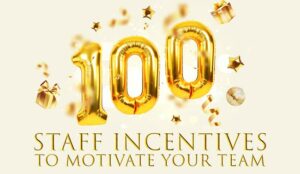Here we give advice on how to make more time for coaching in the contact centre and create a culture that will help to do so.
Make Coaching (not Email) a Priority
Coaching is very much about identifying root causes of imperfect performance and, once those root causes are identified, finding an effective solution. So, it’s important to understand the root causes and to work together, as an organisation, to make effective changes.

Jacqui Turner
This is according to Jacqui Turner, the Founder of Turner Corner Learning Solutions, who says that “The first thing to look at is your own mindset and the mindset of your managers. Is coaching actually seen as a priority in individuals at the moment?
“I think it’s important to think, on a daily and weekly basis, about whether there are tasks that you do prioritise that somehow you manage to fit in. Then, assess what the difference is between those tasks and coaching.”
An example of one such task would be responding to emails throughout the day.
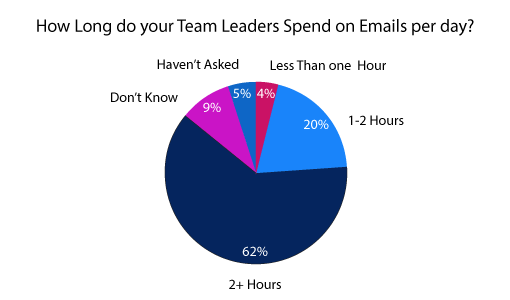
In fact, in a recent poll, we discovered that within the contact centre industry, over half of team leaders spend over two hours on emails every day.
But how can time on emails be reduced so that team leaders can do more coaching?
When we visited British Gas contact centre in Cardiff, we found out that they allocate specific times in the day when team leaders are allowed to respond to email. This meant that they could focus more on coaching their team and less on checking their inbox for the greater part of the day.
Coaching Is Linked to Increased Work Performance
If coaching isn’t seen as a priority for an organisation, it is likely because there’s a lack of understanding of the benefits of the practice.
There have been many studies over the years that link coaching to increased work performance, improved communication skills and productivity, far more than just the initial training that advisors are put through. The results of one such study, by the International Coaching Federation, are highlighted below.
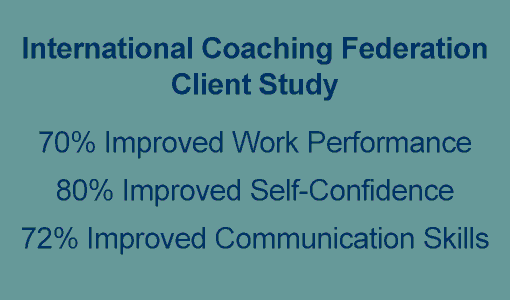
Referencing these results, Jacqui adds that “if a contact centre just sends its advisors on training courses, and is not building on that training through additional coaching support, there’s a great missed opportunity.”
It’s also important to think about the long-term benefits of coaching and how it can “free up” time further down the road.
As Jacqui says, “If managers find themselves falling into the trap of giving answers every time a member of your team asks for some advice, what usually happens is people then become over-reliant on them.”
Other benefits include: greater employee engagement, improved problem-solving ability and lower attrition rates.
Evaluate Personal Effectiveness by Using a Time-Management Grid
The graph below is also known as the time management matrix, where work is organised into the following four segments to boost the effectiveness of team managers and leaders.
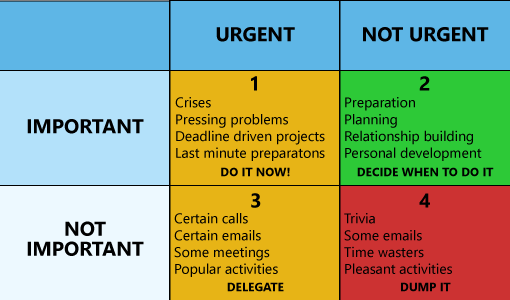
Ideally, contact centre managers should be working in quadrant 2, on those things that are very important, the tasks that are really going to help work towards the company’s mission and goals.
This is what should be planned and prepared for, but, according to Jacqui Turner, “We’re too often taken away from quadrant 2, certainly by quadrant 1 tasks – which are the pressing problems, the things that we’ve left to the last minute.
“This can very often be because we’ve put things off, so they’ve become urgent simply because we haven’t done them when we should have or we haven’t had a plan for them.
“Also, where we can spend a great deal of our time is in quadrant 3, working on those things that are urgent but not important. These interruptions often include certain emails and meetings.
“However, this often takes up too much of a manager’s time, because they like to take control. They feel, as a manager, that they have to be the one that’s doing all the firefighting and problem solving, meaning that they do not delegate enough responsibilities to other members of the team.”
For more tips like this, read our article: 12 Steps to Improve Contact Centre Effectiveness
Stop Firefighting
This is about planning and regaining control of the working calendar, planning in those tasks that are focused on achieving the company’s long-term missions and goals. Coaching is very much one of those tasks.
While doing this planning, try to identify existing coaching barriers. Jacqui suggests “collating all the duties of team leaders and managers, engaging with them in specified sessions.”
While there will likely be some impossible suggestions of what to cut from the calendar, Jacqui Turner says that, in her experience, “there will also some common themes that come out of the sessions, which could be then fed up to the senior managers.”
For example, one contact centre had a simple complaint that they had to write and analyse too many reports and that was impacting on coaching time.
Jacqui says that there “was a lot of documentation and too much duplication. They began to think about whether every coaching conversation needed to be documented. And if so, who should be documenting that information? Was it just the managers? All this was too time consuming.”
So, it’s important for the contact centre to find out what the barriers are to achieving more coaching time, before finding solutions to them.
Don’t Tell Advisors What They Are Doing Wrong, Ask Questions and Let Them Work It Out
It is important to define what is meant by coaching in the contact centre and encourage advisors to self-learn.
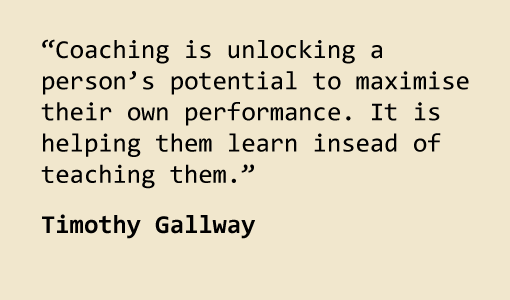
“Many contact centres centre will acknowledge that they are not doing enough coaching, but what do they actually mean by that?” Jacqui says.
“Yes, there’s the planned coaching, the one-to-ones and the performance reviews, but coaching can be useful with any conversation.
“In these conversations, rather than giving advisors the quick solution, ask a few simple questions to get them thinking for themselves – that is coaching.”
Questions such as: “what would you do differently next time?” work well and will help advisors to realise that they have the right answers, it’s just about helping them get there themselves. This encourages advisors to self-learn and lowers their dependence on senior staff.
Follow the OSCAR Coaching Model
There is still a place for having the formal sessions, as well as the short everyday conversations, and it can be useful to follow a structured model, like the OSCAR coaching model.
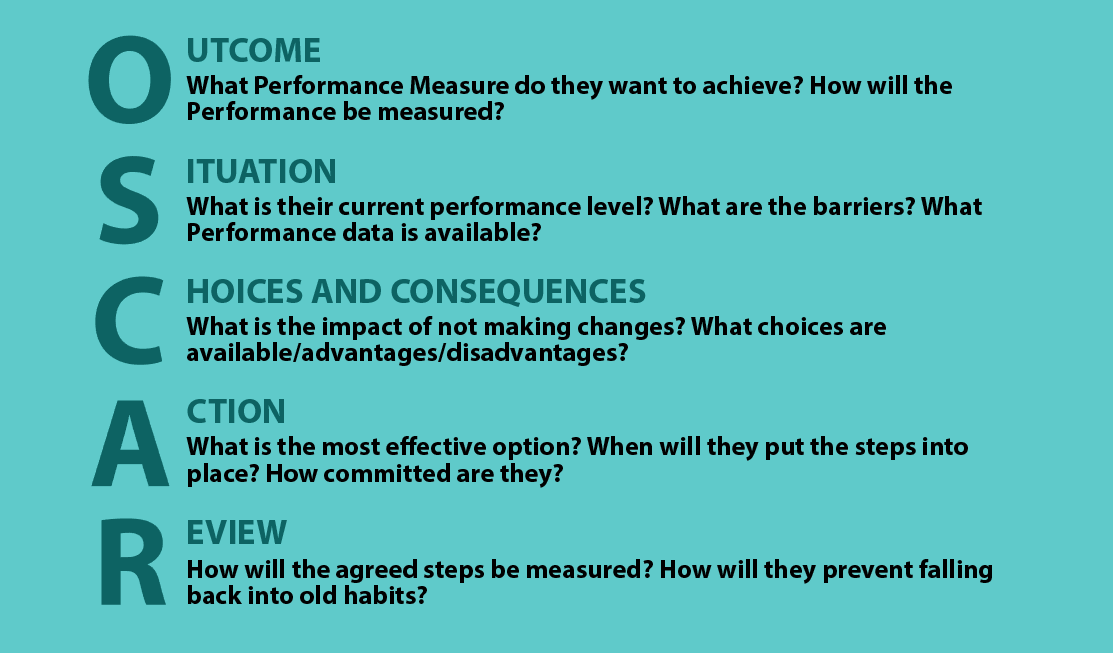
Jacqui Turner particularly likes this model for the “choices and consequences” segment, because it asks advisors what the impact is of not making any changes and carrying on as usual.
When organisations do this, “hopefully, the individuals can see that’s not the best possible outcome for them, so they can look at other options and improve call quality,” Jacqui adds.
As human beings we tend to fall back into habit-forming behaviour very quickly.
Jacqui Turner
Also, the review section is especially important, because, “as human beings we tend to fall back into habit-forming behaviour very quickly.”
“So, when an advisor goes back to the workplace, it’s important to identify whether they make some instant changes, but to also identify when they start to slip back. This then allows the contact centre to put steps in place to make sure that this won’t happen in the future.”
Recognise the Importance of Thorough Team Leader Training
If team leaders haven’t been trained properly in a particular skill, such as coaching, it is a natural human reaction to put things off, as managers may feel as though they lack the skills and adaptability.
So if team leaders and your managers are to feel confident coaching, it’s important that they not only receive coaching training but also a follow-up initiative, such as a buddy system, where they can share best practices.
Trust is also an important area for coaching – as well as the relationship between a manager and their team, which is one of the main reasons why people leave their position in the contact centre.
So, make sure team leaders know of the trust equation and are aware of its four elements, as shown below.
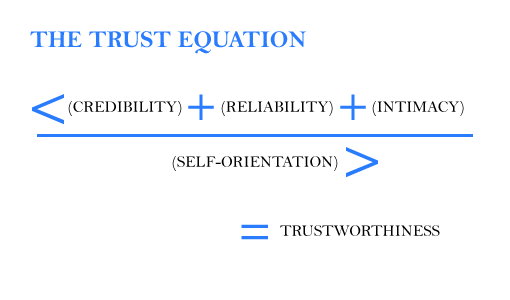
This equation was developed by trustedadvisor.com
Jacqui Turner thinks that it’s useful to keep this equation in mind, and for contact centre managers to ask themselves whether “people see me as credible as a manager? And, do they see me as a reliable person?
“Intimacy is very much about how well the team know their manager, as well as how well the manager knows them. It’s also about whether the team trust the manager to be open and honest with them.”
In addition, “self-orientation is based around whether the team believes that their manager is really focused on them and on developing their skills. Or do the group of advisors believe that the manager is purely in it for themselves and their own goals?”
Schedule Coaching for Quieter Periods so It Doesn’t Impact Service Level
When forecasts predict quiet periods, it can be useful to gather a group of team leaders and multiple advisors together to take part in simultaneous coaching sessions.
By doing this, team leaders should be able to work around the random arrival pattern of calls, so the contact centre can make productive use out of advisor downtime.
The contact could also create a set of Standard Operating Procedures (SOPs), guidelines that dictate and prioritise what should be done under certain circumstances, including when phone lines are quieter than expected.
By creating SOPs in this way, the contact centre can dictate what extra coaching should be given to which advisors in these situations.
SOPs can be an important part of intraday management. For more on this subject, read our article: 12 Top Tips for Intraday Management in the Contact Centre
Think About How You Promote Team Leaders
Just because advisors are good at taking customer calls, it does not necessarily mean that they will be good in a more senior role, where they may have to manage people.
Yet, while this may be the case, keeping the best advisors in the same role for a long period of time will likely frustrate them and they may even move on because of a lack of progression.
So, try to find a balance by coaching and developing leadership, and perhaps delegate to advisors some responsibilities that require other skills such as motivating, organising and influencing. This will ensure that the decision of who gets promoted in the future will not be made from call-handling ability alone.
Also, by delegating out some minor responsibilities to advisors, team leaders will have more time to coach and move around the contact centre floor.
Follow the link to find our advice on how to: Train Team Leaders Well
Coach Advisors on a Live Call Instead of a Call Recording
Most contact centres coach advisors based on call recordings, where they score the call and take the advisor through what they could have done differently.
However, this might perhaps be better based on a live call, where the coach can offer immediate feedback, which stays relevant.
So, it may be worth having the coach listen in, as it also removes the need to take advisors away from the phone for a certain period of a time. Instead, they can stay at their desk, carrying on with their work as normal, while receiving relevant advice.
Lesley, one of our readers, says that this side-by-side time with team leaders “creates engagement, as the team leaders experience some of the challenges that the advisors experience, e.g. slow systems and processes.”
Continuously Coach Everyone, Not Just Underperformers
A coaching culture is very much about ensuring that coaching is for everyone. However, it is often the case in many organisations that it’s only the underperformers, the advisors who are not achieving their targets, who actually receive the coaching.
Coaching is such an effective skill to have with people that are doing a good job but want to stretch themselves even further.
Jacqui Turner
Jacqui Turner disagrees with this practice, stating that: “Coaching is such an effective skill to have with people that are doing a good job but want to stretch themselves even further. So, it’s important to have a coaching culture where everybody receives coaching.”
By just picking out underperformers, the contact centre may also discourage a positive learning attitude from developing amongst the team. This will no doubt affect sustained high performance and prevent advisors from passing helpful advice on to one another.
For more on this topic, read our article: 8 Benefits of Creating a Culture of Learning in Your Contact Centre
Measure the Amount of Coaching Given and Its Impact on Performance
To create a culture of coaching in the contact centre, it’s important to share best practices between teams, but it can be a guessing game when it comes to finding out which coaching techniques work best.
But if the contact centre management can devise a measure of the progress of its teams, the team leaders who make most progress can share some of their tips with the whole of the contact centre floor.
To do this, Peter, one of our readers, recommends developing “a way to capture data from the coaching sessions such as notes, outcomes, progress etc.”
According to Peter, “this will make it easier for you to develop systematic reporting and will mean you are able to monitor any progress and provide feedback both to the agents and to the top management.”
Another way to do this would perhaps be to group together each team’s individual quality score and then find an average score.
To find out more on quality scores, read our article: How to Calibrate Quality Scores
Send Out an Email to Trigger a Coaching Alert

Dan Christmas
While it was earlier stated that all advisors should receive some level of coaching, there will no doubt be some who need more than others. Dan Christmas, Head of Customer Training at Sabio, believes that the hold time metric can help to highlight which advisors need more support.
In fact, by using analytics, Dan suggests that “where an advisor’s score is over a 30% hold for the week, and that happens more than two times out of every four weeks, it seems as though that advisor should be scheduled in for a coaching session.”
So, when this happens, “it could be worthwhile sending an email to the specified advisor and their supervisor, to automatically highlight the need for some coaching.”
Use Real-Time Speech Analytics to Coach During the Call
The first generation of machine-learning-based AI is starting to come into the market and there is now the technology available which can provide real-time conversational guidance to advisors.
With technology being able to do this, it can help advisors adapt to the nature of the calls as they speak to a customer. This is done explicitly with the idea of changing the outcome of the call.
As Dan Christmas says, “this technology can identify things like empathy, overlapping voices, mimicry and a whole variety of other characteristics during a call, while offering real-time feedback.
“Such feedback enables advisors to adapt their speech patterns, so that they can change and influence the outcome.”
For more on this technology read our article: An Introduction to… Contact Centre Analytics
Coaching Tips from Our Readers
With there being great interest in this topic, our readers sent in their suggestions for how to make more time for coaching. Their pieces of advice are listed below.
Hold “Speed Coaching” Days
During these days, all team leaders go out on the contact centre floor and listen to calls with advisors, away from desks and providing “in the moment” feedback.
This is great for identifying quick wins on call delivery, having in-the-moment discussions, building relationships and driving employee engagement.
Coaching Can Be a Five-Minute ad hoc Conversation
We get so caught up in the term “coaching” and what it means. Ultimately, coaching is about having great conversations with our people and helping them to understand what they can do to continuously improve.
This doesn’t always need to be a one-hour time slot, and could just be a five-minute ad hoc conversation.
Thanks to Paul
Introduce a “Supercoach” Scheme
Supercoach is where a team leader coaches the advisor in the presence of the contact centre manager. Then, the contact centre manager coaches the team leader on his coaching.
This idea will ensure that team leaders are coaching to their best ability and fills them with confidence to be sure that they are passing the best possible advice on to the team.
Thanks to Anthony
Monitor Coaching Time
Make sure all coaching (and training) is logged, ideally with a ‘not ready’ code on the phone system. Once the contact centre understands the time it spends doing it, targets can be set for team leaders.
Then, once the contact centre manager is sure targets are being met, they can keep focused on making sure the time is being used well.
Thanks to Charlie
Introduce Peer-to-Peer Coaching
Peer-to-peer coaching can assist with team development, as sharing best practice can allow the contact centre to identify common trends for coaching needs across the team/individual.
Thanks to Alan
Ask Advisors to Nominate Best-Practice Calls
Get advisors to nominate a best-practice call, which they believe is the best example of a call that can highlight knowledge and understanding.
This can be doubled-checked by a team leader and added to advisor desktops for advisors to listen to and learn from when they are not taking a call.
Start the Day With a Buzz Session
Try having a daily 15–30-minute buzz session with your sales teams to start the day. This time can be used flexibly to address challenges, share messages or as a team coaching session.
Thanks to Amy
For more great advice on improving call centre coaching, read our articles:
- 10 Great Ideas for Successful Call Centre Coaching Sessions
- Contact Centre Coaching Models: Which Is Best for Your Coaching Sessions?
- 9 Fun Customer Service Training Exercises
Author: Robyn Coppell
Published On: 1st Nov 2017 - Last modified: 26th Feb 2024
Read more about - Call Centre Management, Coaching, Editor's Picks, Jacqui Turner, Performance Management, Sabio, Staffing









